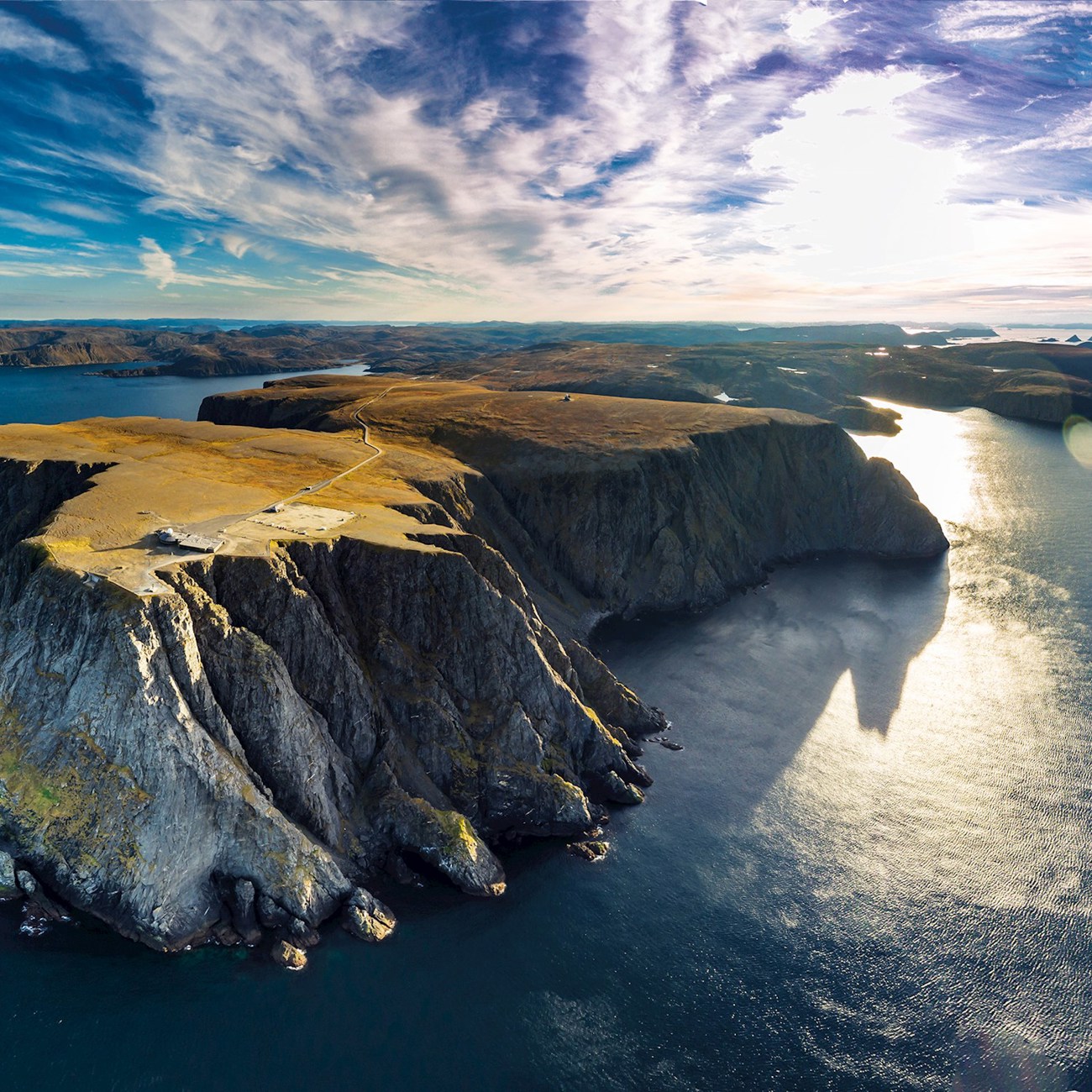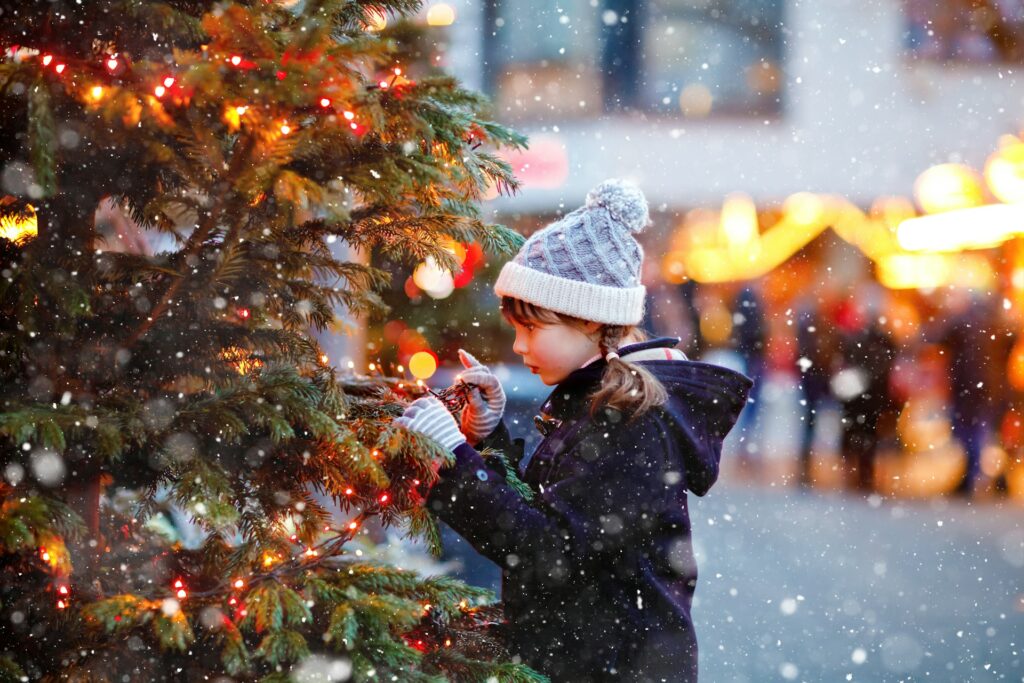Every year, thousands of people gather at the ancient site of Stonehenge in England to witness a breathtaking natural phenomenon—the sun rising over the iconic stone circle, perfectly aligned with the winter solstice in the Northern Hemisphere. This event has drawn people for centuries, symbolizing the rebirth of the sun and the return of longer days. It dates back to ancient pagan rituals in Britain, when druids would come (and still do) to honor their spiritual traditions.The air buzzes with anticipation as the first rays of sunlight pierce the horizon, illuminating the stones in a golden glow. It’s a moment of shared wonder, as the crowd unites in celebration, marking the year’s turning point in one of the world’s most mystical settings. The combination of ancient ritual and modern reverence creates an unforgettable experience.
9 Incredible Winter Solstice Celebrations Around the World
More than simply the shortest day of the year, winter solstice is a deeply important date in the calendar. This day, when one of Earth’s poles reaches its maximum tilt away from the sun, has held a spiritual quality for cultures across continents and centuries. This has manifested in representing the rebirth of the sun god, the triumph of light over darkness, or even as a celebration of Pachamama (Mother Earth) herself. It marks a turning point: the promise of longer, brighter days; animals stirring from their winter slumber; the bloom and rebirth of life itself. Thus, it has inspired traditions that range from ancient rituals to modern festivities. Here are 9 incredible winter solstice traditions from around the globe.
Read more: 10 Best Winter Getaways To Experience This Year
1. Stonehenge Winter Solstice Gathering – United Kingdom
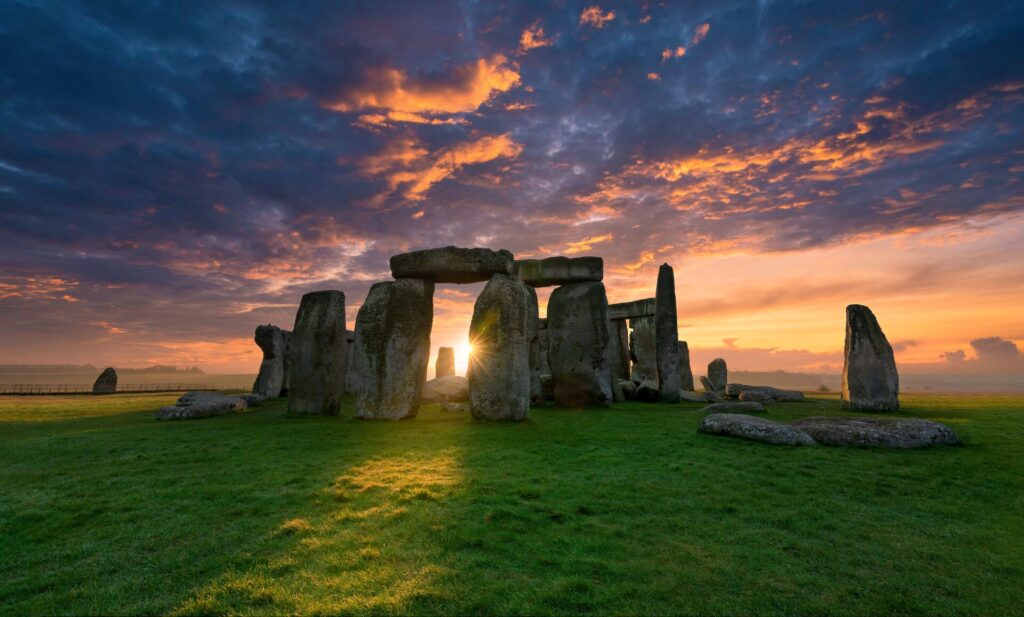
Explore Stonehenge with Insight on the Best of Britain tour
2. Dongzhi Festival – China
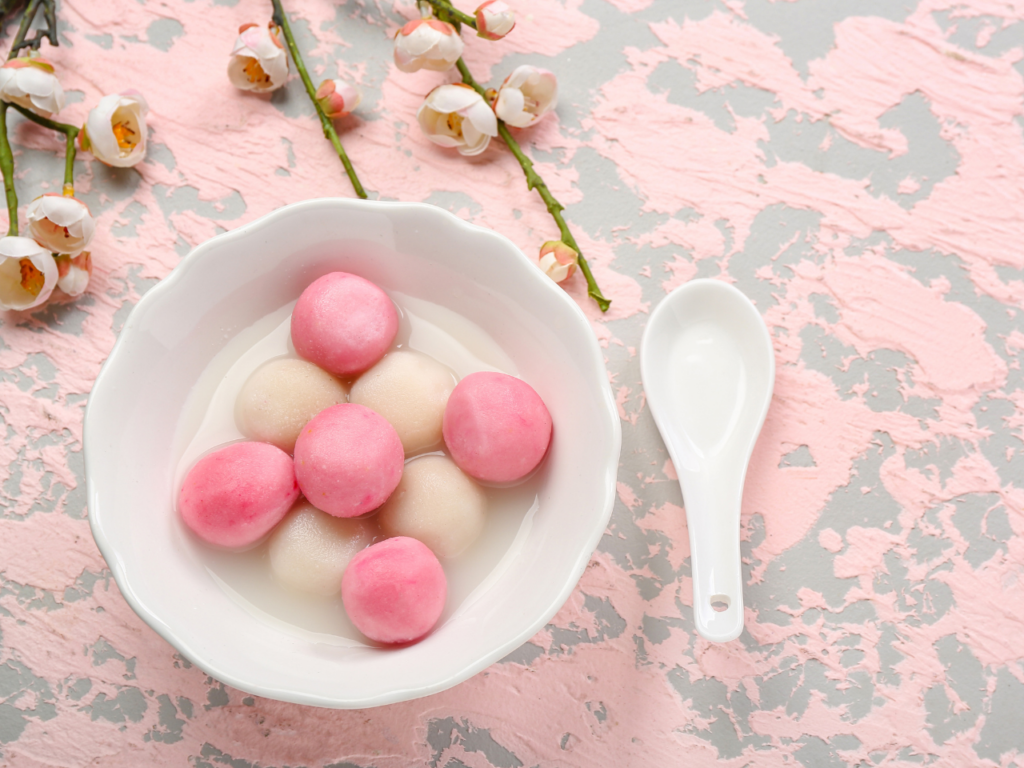
3. Shab-e Yalda – Iran

Shab-e Yalda, or the “Night of Yalda,” or “Chelle Night” is one of the most cherished and ancient traditions in Persian culture, marking the winter solstice and the year’s longest night. Deeply rooted in Zoroastrian beliefs, Yalda symbolizes the triumph of light over darkness and the renewal of life. The celebration dates back thousands of years, honoring Mithra, the ancient Persian god of light, and reflecting the cultural significance of hope, warmth, and togetherness during the cold winter months.
On this special night, families and friends gather to stay awake until dawn, cherishing the time together and the symbolism of light’s return. Tables are adorned with seasonal fruits, including pomegranates and watermelons, which are believed to protect against illness and misfortune. The red seeds of the pomegranate represent the glow of life, while watermelon evokes the warmth of summer. Nuts, dried fruits, and sweets also feature prominently, symbolizing abundance and prosperity.
An integral part of Yalda is the recitation of poetry, particularly verses from the works of the famed Persian poet Hafez. These readings create a reflective and joyous atmosphere, as participants interpret the poems as messages for the year ahead. Staying up through the night becomes an act of welcoming the dawn and celebrating the eventual victory of light over darkness, a universal theme that resonates beyond cultural boundaries. This is celebrated by many of the Persian diaspora all over the world.
4. Inti Raymi – Peru (Southern Hemisphere)
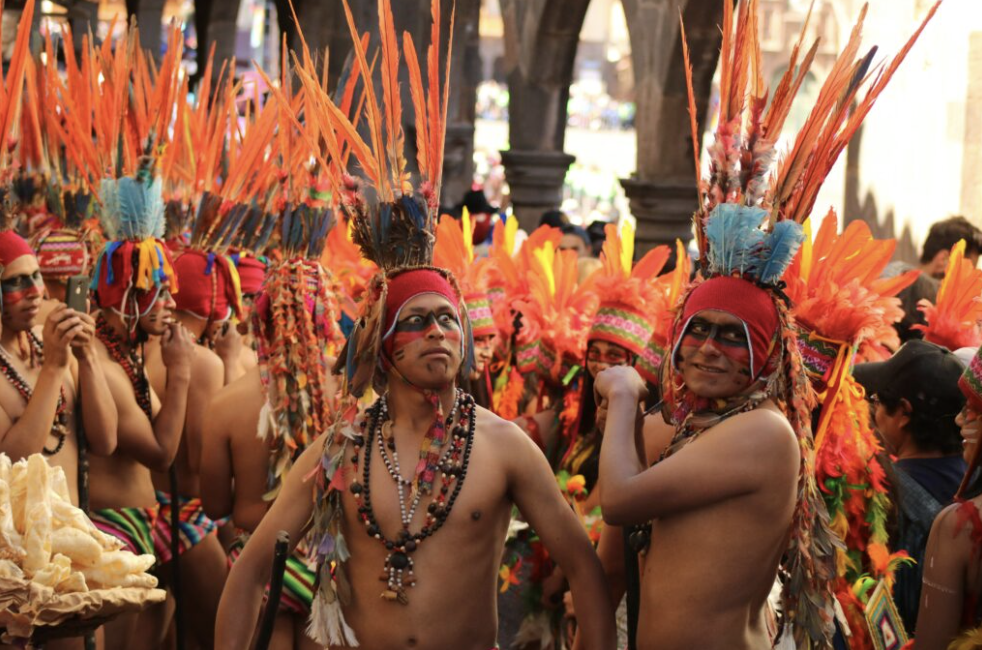
Inti Raymi in Peru takes place in what is winter in the Southern hemisphere – late June. It shares profound parallels with other winter solstice festivals around the world: honoring the cycles of the sun and its vital role in sustaining life, and the celebration of a sun god, Inti. This is rooted in Incan traditions, reflecting the deep Andean reverence for the sun’s power and its influence on the natural world.
Held annually in Cusco, Peru, the historical heart of the Inca Empire, Inti Raymi is a stunning cultural spectacle that draws thousands of participants and spectators. The celebration begins with colorful processions featuring performers dressed in traditional Andean attire, representing figures from Incan mythology and society. Dancers, musicians, and costumed actors bring history to life through mesmerizing rituals and performances that recreate ancient ceremonies.
At the heart of the festival is the symbolic renewal of the sun’s energy and its blessing for the harvests ahead. The rituals culminate in a grand reenactment at Sacsayhuamán, an impressive archaeological site overlooking Cusco. Here, offerings are made to Inti to express gratitude and secure prosperity for the coming year.
5. Toji – Japan

6. St. Lucy’s Day – Scandinavia

In Scandinavia, the winter solstice and return of the sun has been an important celebration for a long time, since before the region converted to Christianity.
The ‘return of light’ is celebrated with Saint Lucy’s Day, even though it takes place on December 13 every year. Often named the ‘Festival of Lights’, bonfires are lit on Saint Lucy’s Day to to symbolize the triumph of God’s light over the darkness of winter, and the world. This tradition of lighting bonfires actually comes from ancient Pre-Christian Norse traditions, even though they now honor Saint Lucy, the 4th-century Christian martyr. See how all the influences weave and blend together? All you need to know is that there is lots of festive cheer, bonfires, saffron buns, and girls dressed as Saint Lucy in white robes and candlelit wreaths, leading serene processions with traditional songs.
7. Grianstad an Gheimhridh – Ireland
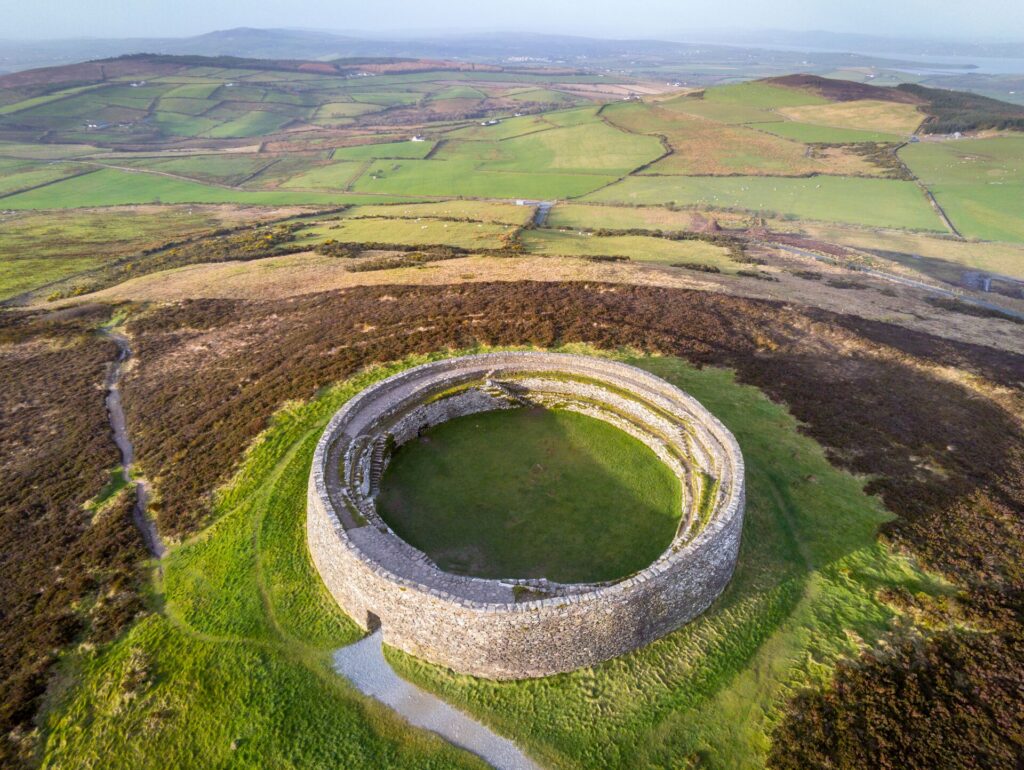
At Newgrange, a 5,000-year-old passage tomb in County Meath, Ireland, an extraordinary event occurs every winter solstice. As the sun rises, a beam of sunlight penetrates the passage and illuminates the inner chamber, creating a breathtaking spectacle that marks the alignment of the tomb with the solar cycle. This phenomenon, which lasts for just a few minutes, demonstrates the advanced understanding of astronomy by the ancient builders who constructed the tomb long before even the pyramids of Egypt.
Save up to $3,000* per couple on your first Premium Tour
Plus receive latest offers, travel inspiration, and discover how your travels will make a positive impact. Together, WE MAKE TRAVEL MATTER®. Subscribe Now8. Soyal – Hopi Tribe, United States
Soyal is the winter solstice ceremony celebrated by the Hopi people of the American Southwest, marking a time of spiritual renewal and connection with the earth’s cycles. Held around December 21 Soyal is a profound event that honors the return of the sun and its life-giving energy, after the darkest days of winter. The Hopi view the solstice as a pivotal moment in the year, a time for purification and a fresh start as they prepare for the new season.
The ceremony typically begins with a series of prayers and rituals led by spiritual leaders, focusing on the restoration of balance and harmony in the world. Songs and dances play a significant role in the ceremony, with participants performing in kivas, the underground ceremonial chambers that are considered sacred spaces for Hopi rituals. The dances often depict prayers for good health, successful harvests, and the fertility of the land, all essential aspects of Hopi life. Kachina dolls, which represent spiritual beings in Hopi culture, are traditionally given to children to teach them about these spirits and the values they embody. Through Soyal, the Hopi honor their ancestors’ wisdom and ensure the continuity of their cultural and spiritual traditions for future generations.
As a sacred ceremony, Soyal itself is not open to casual visitors, but travelers exploring Hopi lands and the wider Southwest can learn about its meaning through local museums, cultural centres and Hopi artists, gaining a deeper understanding of how solstice and renewal are honoured here.
The Hopi People primarily live in Northeast Arizona. Discover the magic of the canyons of Arizona and Utah on Enchanting Canyonlands
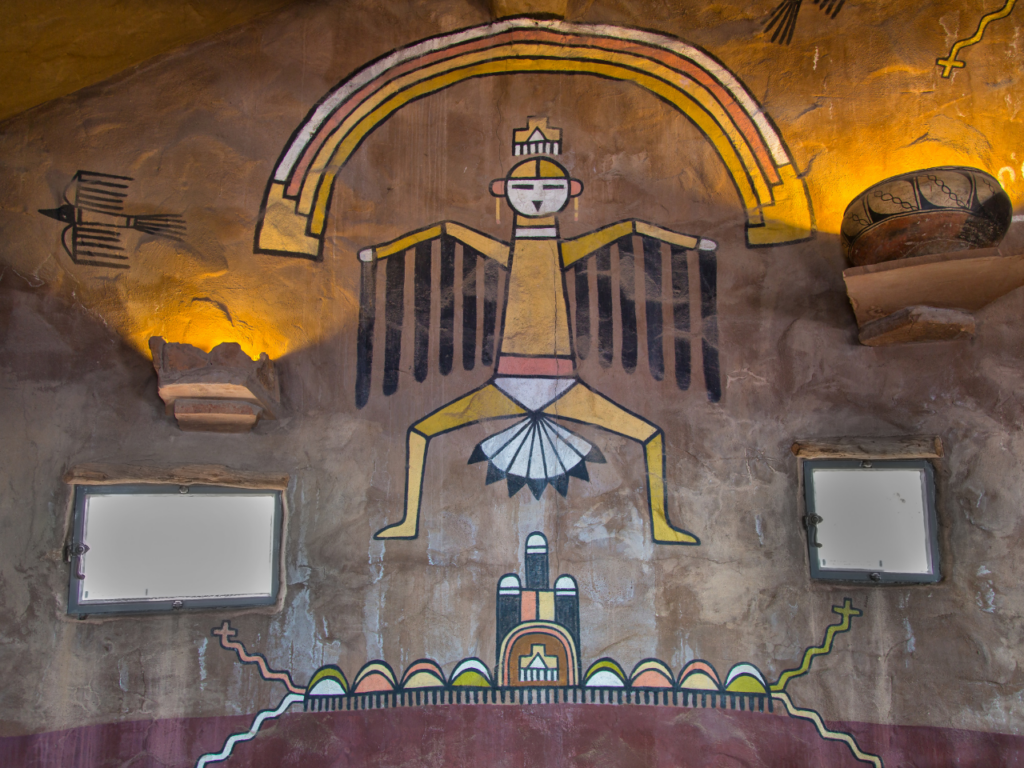
9. Burning the Yule Log – Northern Europe
The Yule log tradition reaches back to some of Northern Europe’s oldest midwinter rites. Linked to Yule, the winter festival of Germanic peoples, it originally involved hauling a huge log – sometimes almost a full tree trunk – into the home and burning it slowly over the days around the solstice. The flame symbolised warmth, protection and the returning sun, and families would often keep a small piece of the previous year’s log to help light the new one, creating a sense of continuity from one winter to the next.
Over time, the custom evolved rather than disappeared. In some regions, ashes from the Yule log were once scattered around homes and fields for good luck; in France, the idea transformed into the bûche de Noël, the log-shaped Christmas cake that now appears in patisseries every December. Today the Yule log might be a real log in the fireplace, a dessert on the table or even a looping “fireplace” video on a screen – but the core idea remains the same: gathering people together around a shared flame at the darkest point of the year to quietly welcome the light back in.

When is the winter solstice?
The winter solstice happens once a year in each hemisphere, when one of Earth’s poles reaches its maximum tilt away from the sun. In the Northern Hemisphere, this usually falls on 21 or 22 December. In the Southern Hemisphere, it usually occurs on 20 or 21 June.
The exact date and time shift slightly from year to year because Earth’s orbit around the sun isn’t a perfect circle and our calendar has to account for leap years. Astronomers define the winter solstice as the precise moment when the sun reaches its lowest noonday position in the sky for that hemisphere.
You may also like: Why Prague, Vienna & Budapest Are At Their Best in Winter
What happens on winter solstice day?
On the winter solstice, the sun takes its shortest, lowest path across the sky, giving that hemisphere its shortest day and longest night of the year. After this point, the days slowly begin to lengthen again as the sun appears a little higher each noon.
Above the Arctic and Antarctic Circles, the effect is more dramatic: some communities in the far north experience polar night, when the sun doesn’t rise above the horizon at all. In more temperate regions – like Britain, Scandinavia or northern China – you notice late sunrise, early sunset, and a low arc of the sun, creating long shadows and that soft, low winter light.
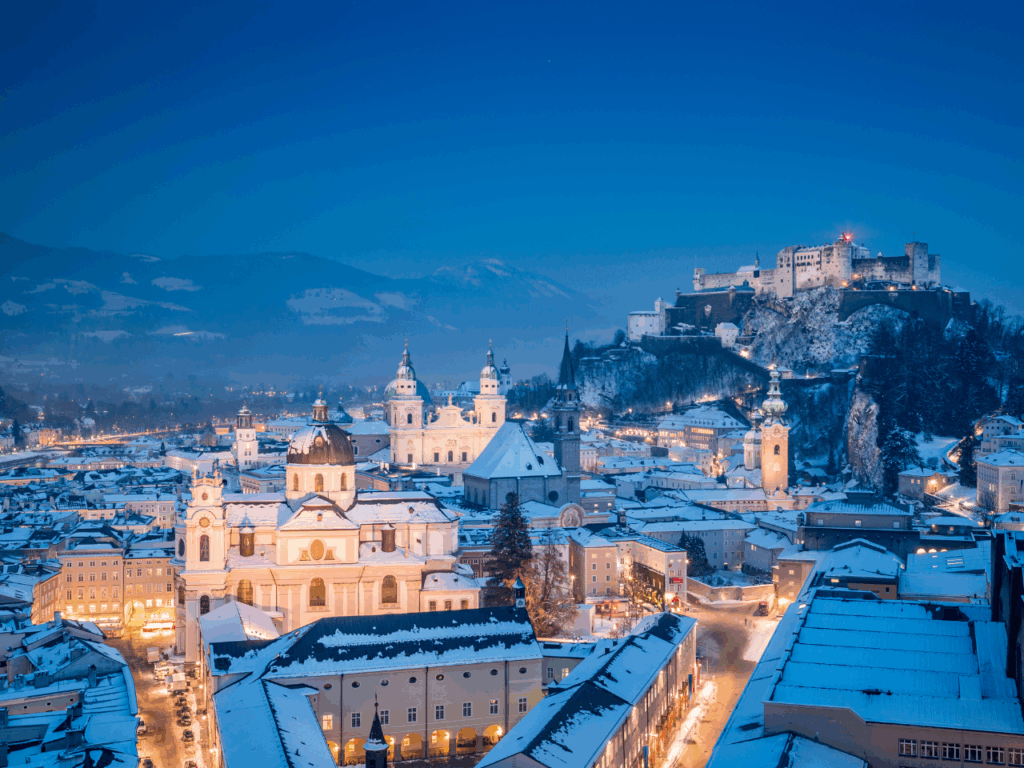
How long is a winter solstice?
Strictly speaking, the winter solstice is a single instant in time when Earth’s tilt reaches its maximum angle away from the sun. That astronomical moment might be, for example, 03:27 UTC on a particular date.
In everyday language, most people talk about the “winter solstice” as the whole calendar day on which that moment happens. The length of daylight on that day depends on where you are on the planet. Near southern England, you get roughly 7–8 hours of daylight; closer to the equator there’s only a small difference from any other day, while near the Arctic Circle the sun may barely skim the horizon or not rise at all. What unites all these places is that, locally, that date brings the shortest span of daylight of the year.
You may also like: 20 Best Christmas Markets in Europe You Need to Visit This Winter
How do people celebrate the winter solstice?
People have marked the winter solstice for thousands of years, often as a turning point between darkness and light. Some cultures built monuments aligned to the solstice sunrise or sunset, such as Stonehenge in England or Newgrange in Ireland, where the sun’s rays enter a carefully constructed passage on just a few days each year. Others developed festivals that blend food, family, ritual and symbolism, like Dongzhi in China, Shab-e Yalda in Iran, or Toji in Japan with its fragrant yuzu baths.
Common themes run through these traditions: sharing food, lighting candles or fires to symbolise the returning sunlight, staying up late to greet the dawn, and reflecting on renewal, protection and good fortune for the year ahead. Even where formal rituals have faded, many people still recognise the solstice as a psychological turning point in deep winter – a quiet reminder that the light is, slowly but surely, on its way back.
There unique winter solstice celebrations offer a unique opportunity to connect with the rhythms of nature and the enduring human spirit. Why not plan your next adventure around one of these unforgettable events and experience the magic for yourself?
LIKED THIS POST? SHARE WITH YOUR COMMUNITY

